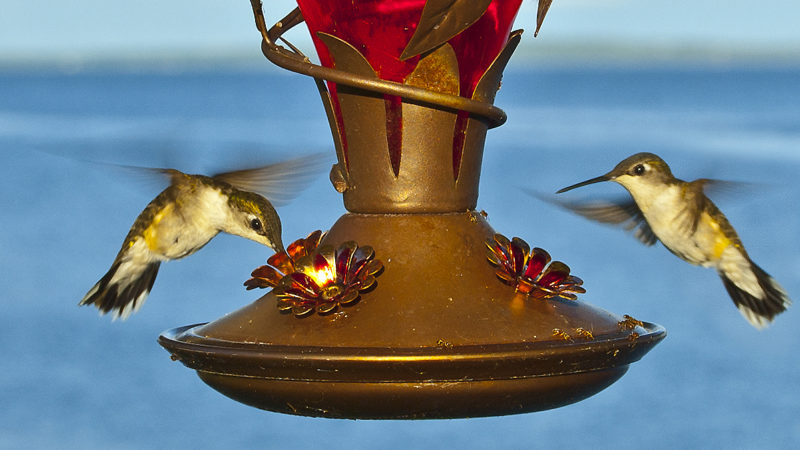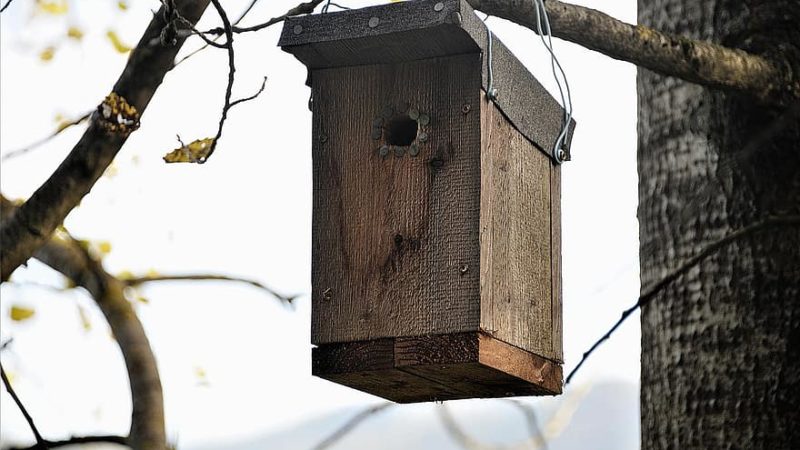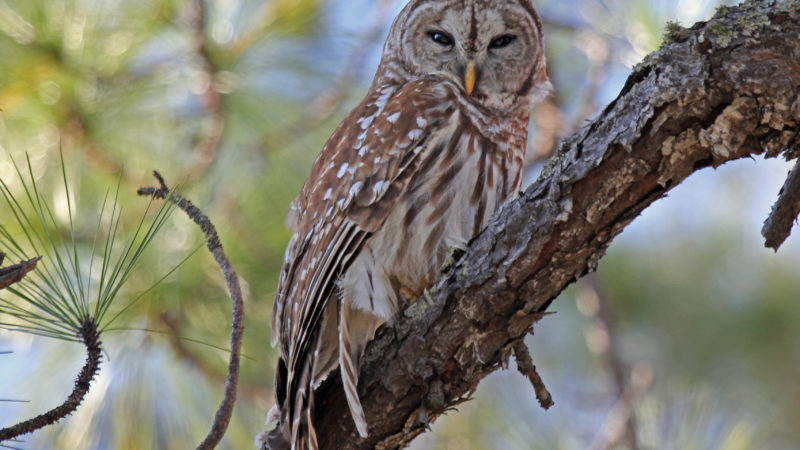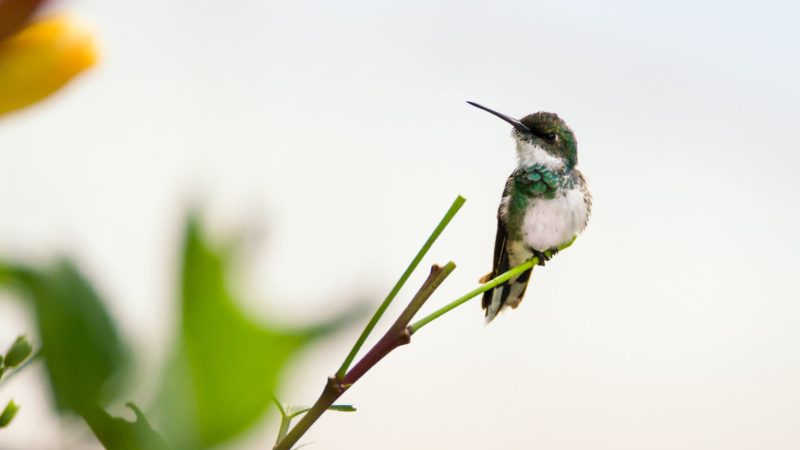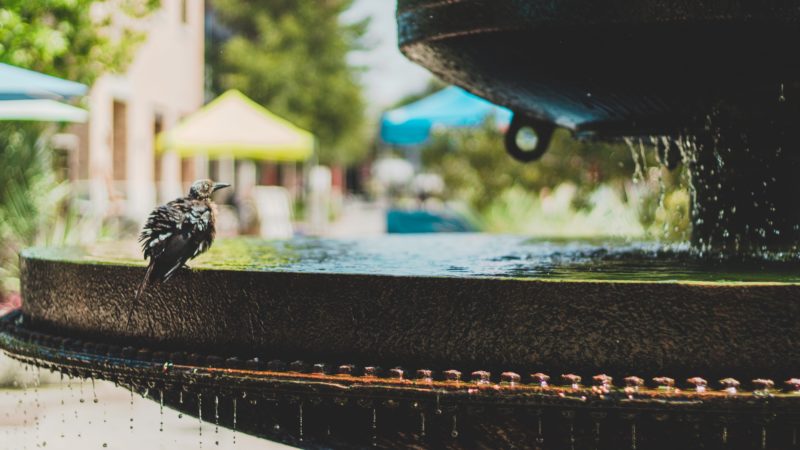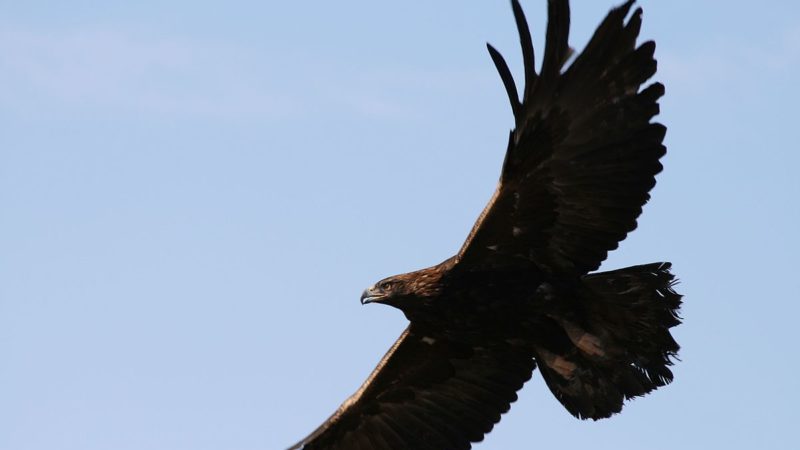Shorebirds: A Brief Guide About The Beach Birds
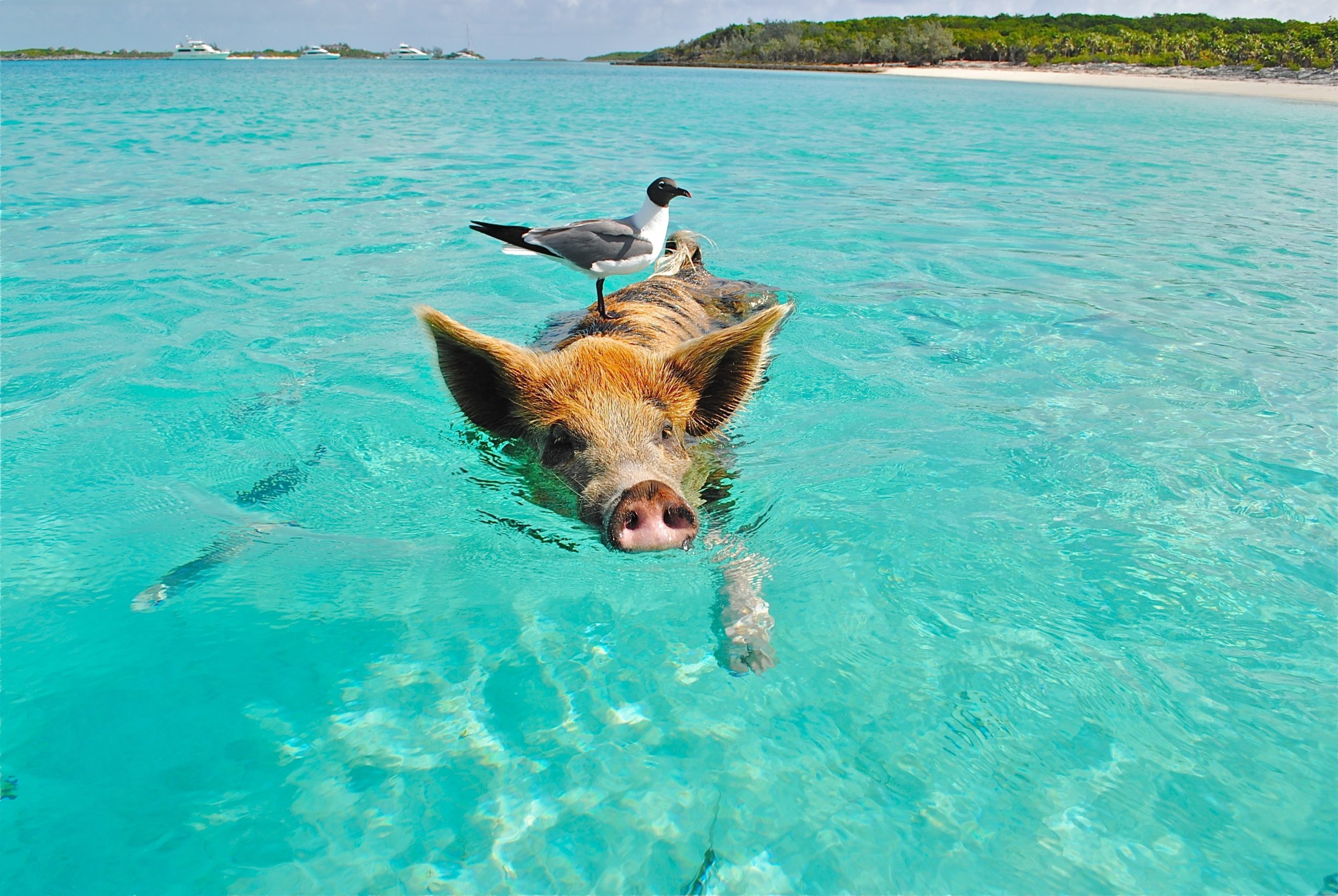
There are various birds that love the shore – ducks, sparrows, terns, pelicans, and geese are some popular shorebirds. You can even find the raptors like eagles and vultures on the shoes, along with the occasional visitors like swallow and heron.
However, when we use the term shorebirds, it refers to a specific bird category with distinct behaviors and shapes. But how does it matter when enjoying the view with some birds flocking the sunset is what you want? Well, it does, as knowing about the common shorebirds will make your beach birdwatch experience even more interesting.
In the article, we will explore seven shorebirds that occupy the estuaries, marshes, eaches, and other shores.
Shorebirds

There are numerous shorebirds of various sizes and shapes. But most of them share certain behavioral and physical traits. Nearly all the birds prefer the wet shorelines and habitats, whether it is a coast or marshes, riparian habitats, and inland waterways.
Another common feature of beach birds is that they are carnivorous. They eat a variety of insects, crustaceans, larvae, mollusks, worms, tadpoles, and such similar prey. Generally, when it comes to physical appearance, they are tall birds with long legs, round heads, and useful bills. Their bills are in a design that helps them in searching for food in the water, mud, and gravel.
Various shorebirds can be gregarious and live in flocks, which include numerous types of beach birds. The shorebirds during the breeding season can be seen engaging in dramatic displays of distraction activities. They do this as they are shy and trying to protect their chicks and nests on the ground.
The term shorebirds cover around 180 species, which have distinct features of beach birds around the world.
Avocets
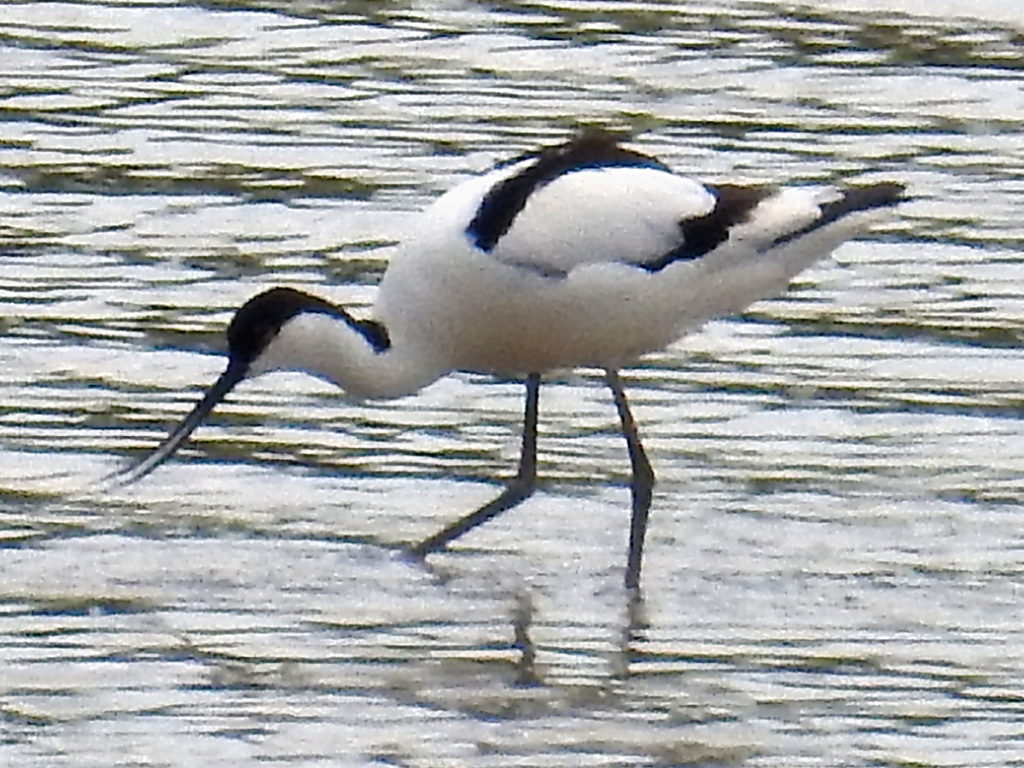
You must have seen these tall birds on a beach. Aren’t you? The avocets are large wadding types of shorebirds with relatively small heads, sharply upturned, and thin bills. They are tall birds as they have thin and exceptionally long legs. There are only four species of the avocet shorebirds, and that is why they are a target bird for every birder.
All avocets fall under the Recuvirostidae family of birds, which also include the stilts. These two varieties of birds can often be seen together on the beaches, even during the breeding season.
The four species of the avocets are:
- The white and black pied avocet. It is found in Asia, Africa, and Europe.
- Red neck avocet. This variety of avocet is found in Australia.
- The Andean avocet with a white head. This variety of avocet can be seen in South America.
- American avocet. It is only found in the North American region and easily recognizable. This avocet has a colorful plumage with a cinnamon tinge on it.
These are four varieties of avocets that you can see on various wetlands and beaches around the world. They can also be seen in areas like minnesota.
Jacanas
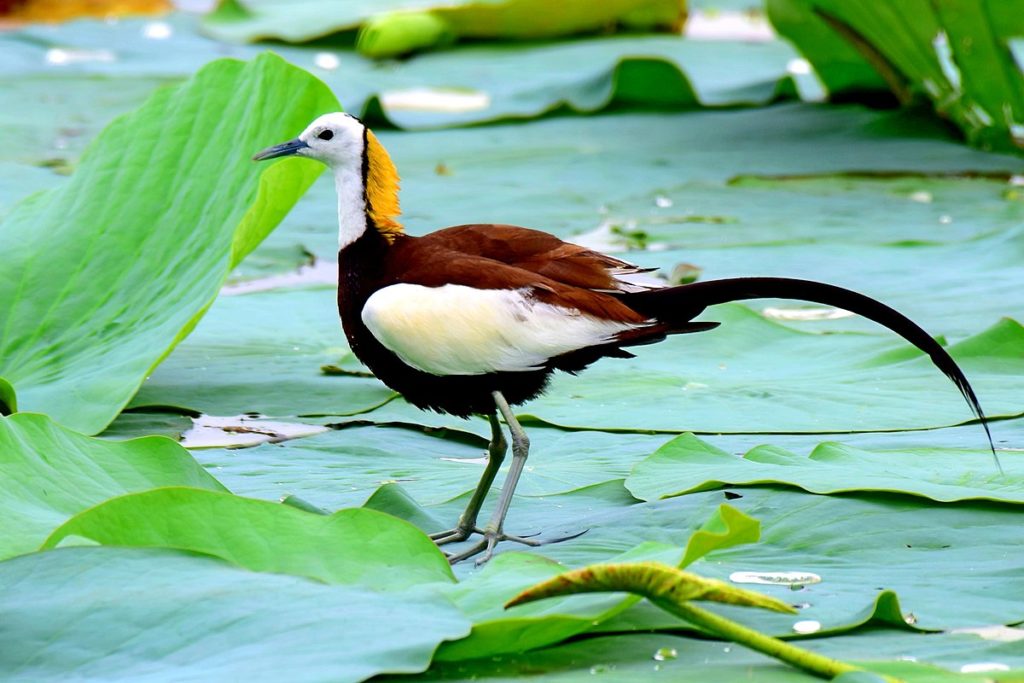
The jacanas are a type of tropical shorebirds. They have extensively thin, long toes and thin, long legs and talons. The jacanas’ exaggerated toes help the birds walk over the tropical vegetation and top of the lily pads. The ability to walk on the tropical vegetation let them forage over water bodies to deeper extents without sinking in marshy areas. You can also see these Florida shorebirds in the marshy areas of Florida.
The plumage of these beach birds is colorful with warm tones in comparison to other shorebirds. This plumage tone is because of the tropical habitat. You can even see the yellow, orange, or red markings along with colorful patches on the skin in some jacanas.
Around the world, there are eight species of the jacanas, and all of them belong to the Jacanidae family. According to some expert classification, the jacanas can be related closely to the wading birds then shorebirds. However, they can be grouped in both ways.
Oystercatchers
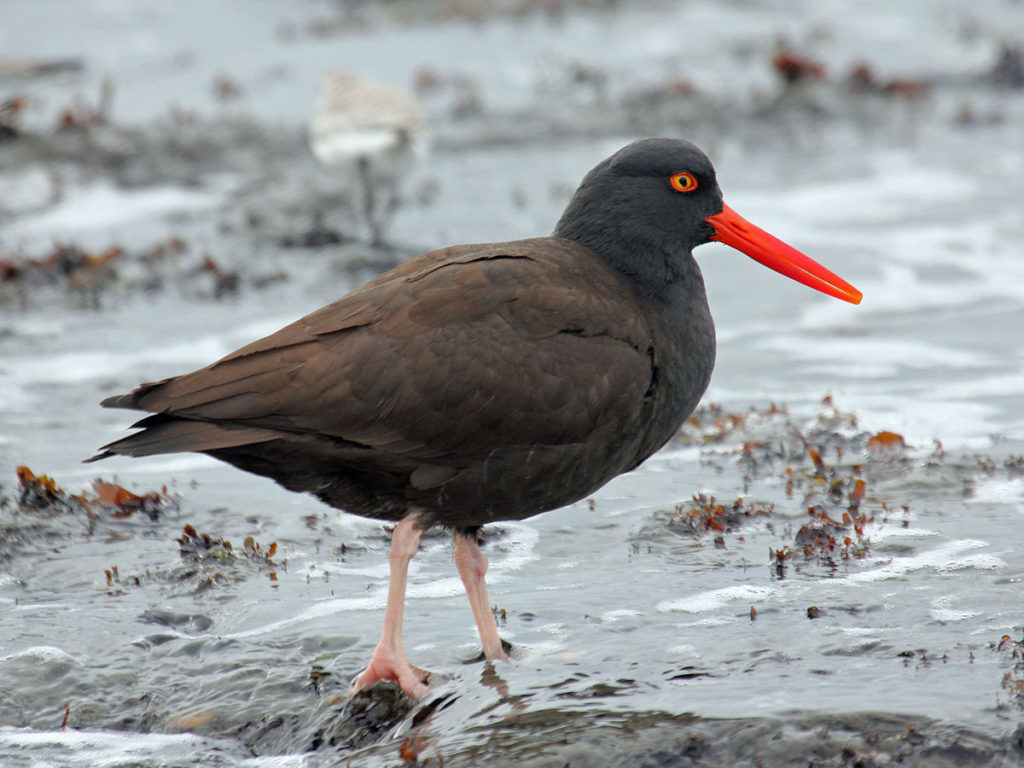
The oystercatchers are generally shorter and stocky shorebirds. They have thick, long, straight bills that are strong enough to let them pry on mussels, clams, and oysters. The strong bill lets them crack open and free these delicacies from the shore rocks, which are slippery.
The oystercatchers generally have thicker legs with plump bodies in comparison to other beach birds. One distinctive feature of the oystercatchers in the dark color plumage. Other than this, you can easily identify them according to their geographical areas as their areas don’t overlap. Thus these Florida beach birds can be easily seen on the Florida beaches.
The oystercatchers are a part of the Haematopodidae family. There are 10-12 species around the world, depending on how the species are lumped or split into subspecies.
Plovers
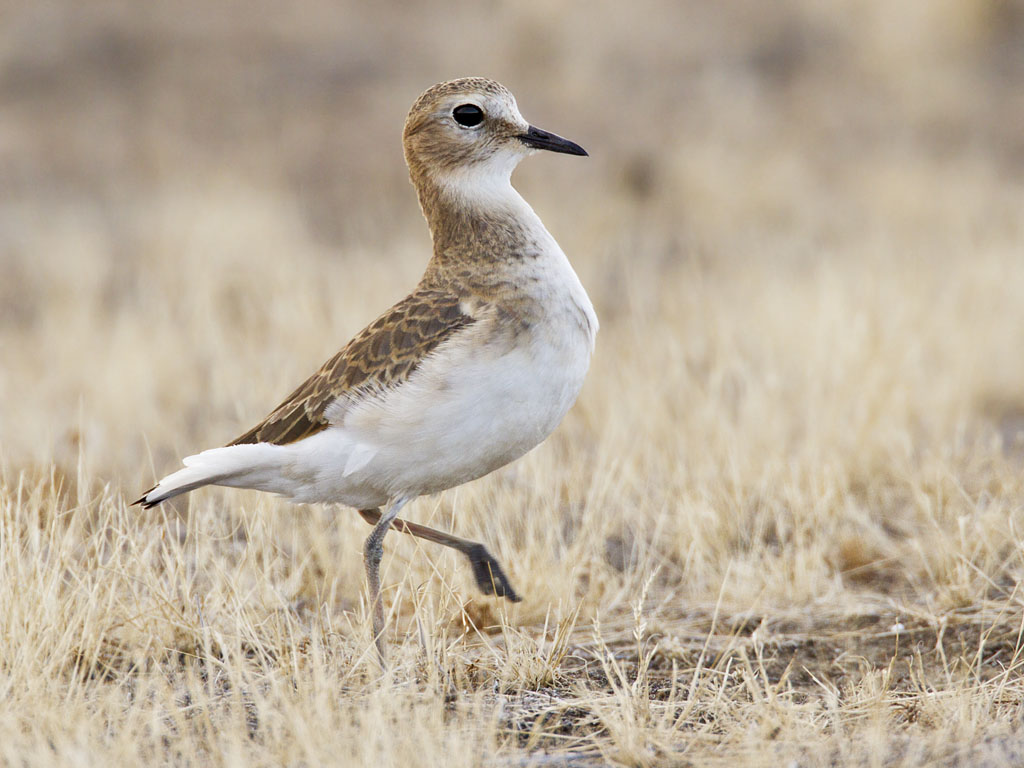
The plover shorebirds are a diverse group of various small birds. They have compact builds featuring thick short necks and short legs. The bills are thick, small, and straight of the plovers. In many plovers, you can see distinctive bands on breasts or heads. Some of these birds might also show distinctive wing patterns during the flight.
The nervous behavior of abrupt stops, glancing around, and short sprints while staying above the waterline foraging for the food like insects is the distinctive clue of the plover’s identity.
Some varieties of the plovers like killdeer can be seen far away from water. However, they share the behavioral and physical characteristics of their plover relatives. There are 65 species of plovers around the world, and they belong to the Charadriidae family of birds. The dotterels and lapwings are also a part of this family. To watch these Florida shorebirds visiting the Florida beaches can be the best bet.
Sandpipers
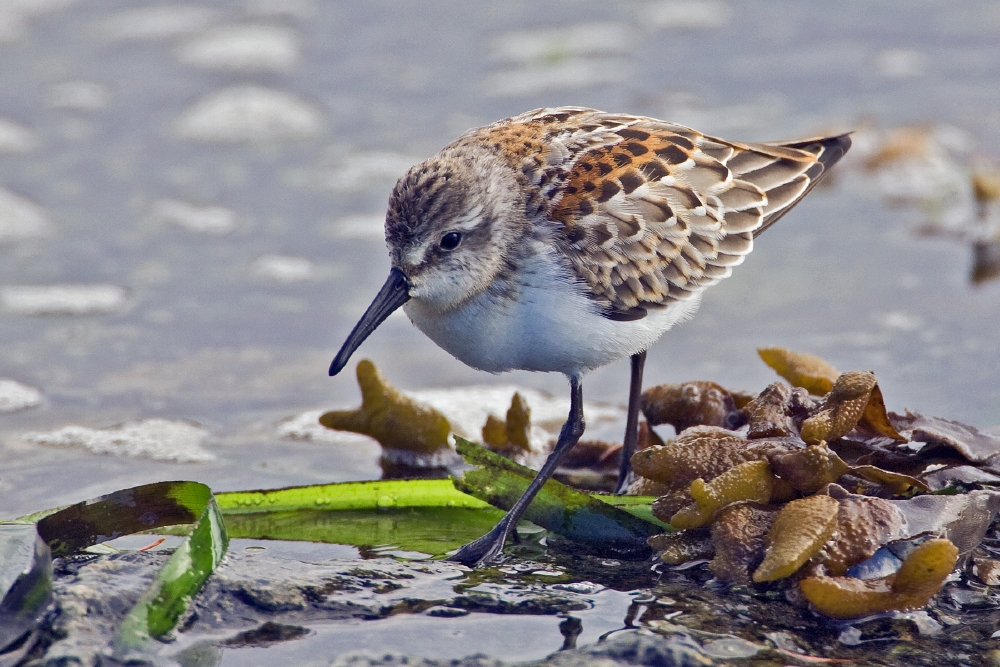
When we talk about the most diverse category among the shorebirds, then it’s the sandpipers. The coloration and sizes of these birds vary greatly from bland tiny birds to large distinctive species.
One common feature which you can see in all the sandpipers is their bill. The bills are sensitive, which they use for probing in the dirt and sand when feeding. They generally munch on the mollusks, insects, worms, and such prey. You can find various species that have the term ‘sandpiper’ in their name. But other species like turnstones, godwits, woodcocks, yellowlegs, dowitchers, stints, curlews, phalaropes, and snipes can all be classified as sandpipers.
All these birds are part of the Scolopacidae family of birds that include around 80-90 species of birds. These birds are also a variety of Florida shorebirds, as you can easily see them here.
Stilts
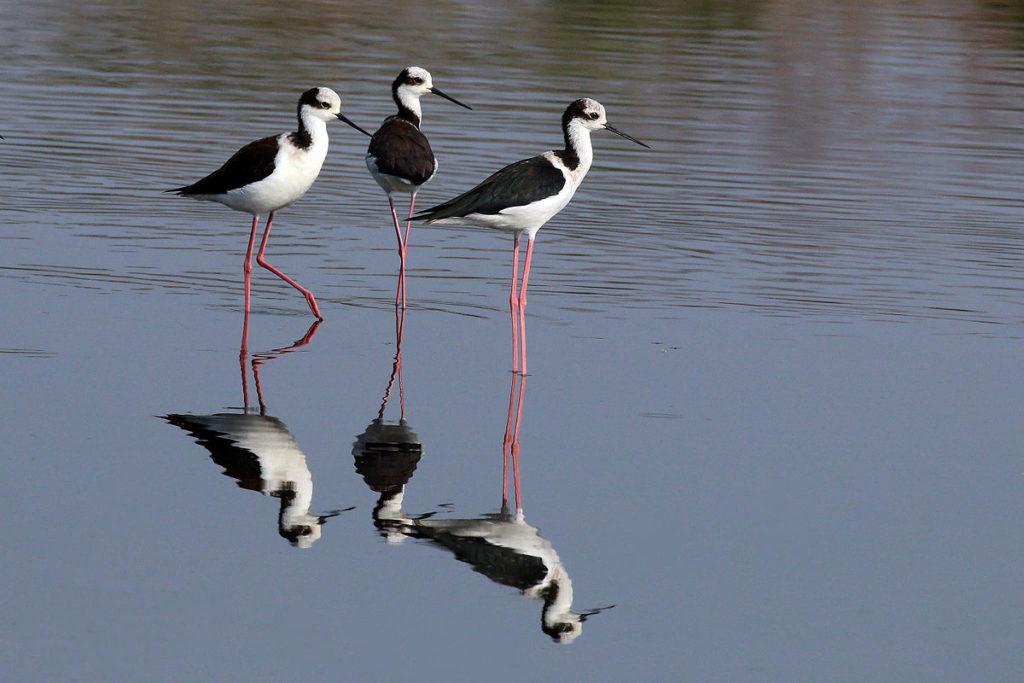
The aptly named shorebirds have thin long legs that resemble gangly stilts. These birds are a type of tall birds that you can see on various beaches around the world. They are also a popular variety of Florida beach birds.
The stilts have thin, straight, long bills along with bold marking, which includes colorful legs in some species. These are some of the stilts’ identifying features, which you can easily see in these tall birds. The voice of these birds is squeaky and high pitched, which is also a distinctive feature of these birds.
Some poplar species of the stilt are:
- Black-necked variety is found worldwide.
- Banded stilts can be found only in Australia.
- Black stilt is a critically endangered variety that can be found only in New Zealand.
All of these species of stilts are a part of the Recurvirostridae family of birds. The stilts are also targeted birds like the avocets for the birders.
These are some species of shorebirds for which you must watch out next time when you visit the beaches. The good thing about these species is that you can see most of them around the world. These species will leave you fascinated with their beauty and dramatic behaviors which you can see during the breeding season specifically.
Final Words
When you visit a beach or shoreline, what do you see first? The birds, we think. Don’t you? Well, the shorebirds can be seen on nearly every beach around the world.
Although there are various varieties in various areas, and not every variety of beach birds can be seen everywhere. Thus if you are a birder, then learning about the shorebirds and their habitats can be fascinating for you.

